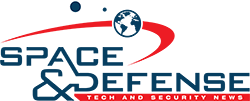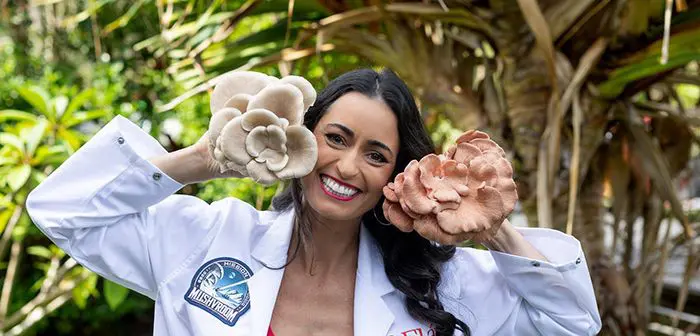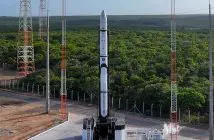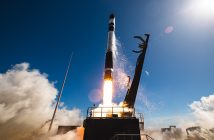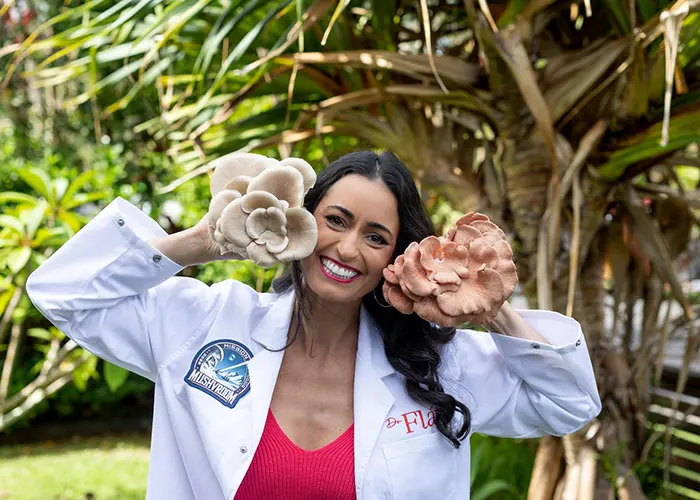
Australian company FOODiQ Global is making history by attempting to grow mushrooms in space for the first time. The groundbreaking experiment will take place on the Fram2 mission that launched aboard the SpaceX Falcon 9 rocket on April 1, 2025.
Dubbed Mission MushVroom, the experiment will have astronauts monitor how oyster mushrooms grow in microgravity, providing critical proof that they can successfully fruit in space and serve as a nutritious, delicious, and sustainable food source for long-duration missions to the Moon, Mars, and beyond.
Food and nutrition are a key challenge for exploration missions, with NASA ranking it as the 11th Civil Space Shortfall priority out of more than 180. This underscores the importance of Mission MushVroom in advancing sustainable and nutritious space food systems.
Leading the experiment is Australian scientist Dr Flávia Fayet-Moore, CEO of FOODiQ Global and a renowned space nutritionist. “Mushrooms are the perfect space crop,” she says. “Oyster mushrooms rapidly grow in small spaces, doubling in size daily, and are packed with a rich nutrient profile.”
“Uniquely, they produce 100% of astronauts’ daily dose of vitamin D when exposed to UV light, potentially replacing one of the key supplements currently given to them on the International Space Station,” added Fayet-Moore.
“In space, food often tastes bland due to altered taste perception and the need for a low-sodium diet to help counteract the negative effects of microgravity on bone health. Mushrooms are rich in umami flavour, being one of the only tastes that remains strong in space.”
“Oyster mushrooms are also highly resilient, scalable, and capable of growing using 100% of the inedible plant waste, and even cotton t-shirts in their growth medium. Space food research has already revolutionised our global food supply and will continue to help feed a growing global population of 10 billion by 2050.”
The mushrooms will be provided by Australian biotechnology company lifecykel, known for its pioneering work in sustainable fungi cultivation.
Assigned as the astronaut to lead the experiment while in space is Australian polar adventurer and guide Eric Philips, who will become the first person to fly to orbit under the Australian flag.
“The research team will prepare the oyster mushroom substrate block with pins, and I will monitor how the fruiting bodies grow, documenting development rate, signs of contamination, and various other properties,” he said. “As an advocate for exploration, this is an exciting opportunity to push the boundaries and play a role in creating sustainable food solutions for space – something I never imagined I would explore!”
Mission MushVroom Co-Investigator Ralph Fritsche brings unparalleled expertise, leveraging his experience as NASA’s former space crop production/exploration food systems project manager and lead subject matter expert for NASA’s Deep Space Food Challenge.
“Successfully growing edible mushrooms in space represents a significant milestone for space exploration and sustainable nutrition,” says Fritsche. “Mission MushVroom plays a crucial role in advancing sustainable space food production for long duration missions, such as journeys to Mars,and offers valuable insights that can enhance global food security here on Earth. It really is groundbreaking.”
Launching from Launch Complex 39A at NASA’s Kennedy Space Center in Florida, Fram2 is the first human spaceflight to orbit Earth’s polar regions. The three-day mission features a four-person crew that will conduct various research experiments to push the boundaries of exploration of Earth and space.
